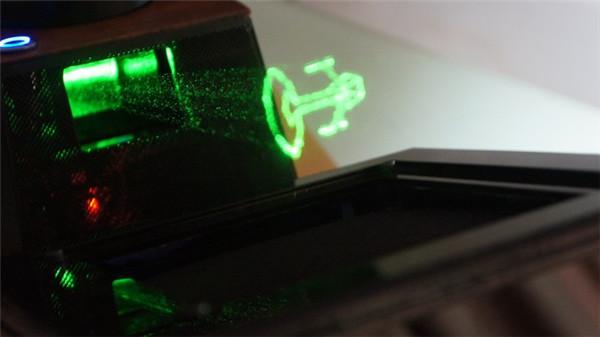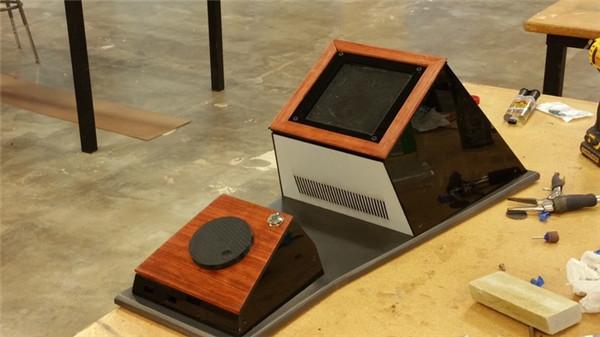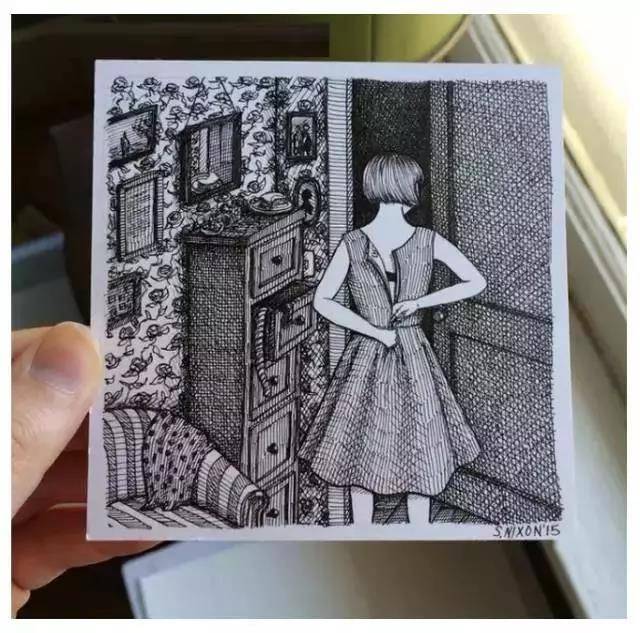
Holographic 3D display technology must be seen in Hollywood sci-fi movies. When you call, you can see each other's holographic images, or operate various high-tech devices on the holographic projection in the air. Fantasy will eventually become reality. With the continuous development of 3D imaging technology, holographic 3D technology is also breaking through the layers of barriers.

The Holovect Mk II is a stand-alone, laser-based, stereographic display system that can be placed on a test bench or on an ordinary desktop. This holographic display is suitable for 3D printers, independent teaching, product promotion and other fields. The Holovect Mk II is the world's first commercially available laser-based desktop holographic display capable of drawing various 3D images in the air using light.

The
Holographic images and holographic patterns are somewhat different. Holographic images are techniques that record and reproduce the actual three-dimensional images of an object using the principles of interference and diffraction (ie, spatial projection). The difference is that the holographic pattern contains the three-dimensional information of the object and can be displayed on a thin film or glass plate (the Greek word "holo" means all or complete, "gram" means record), and the holographic image is also Including the information of the measurements of the objects, but it is displayed freely floating in the air. It can depict almost all the information of the original objects. It is a true 3D projection.
So how do they work? In fact, the principle is very simple, when light is transmitted in two different media, in most cases, depending on the refractive index (RI) of the material, three different effects will be obtained: refraction (bending), reflection, and diffusion. Taking the mirage block as an example, when the RI value of some air is different from the surrounding air, it will cause the light to bend and may produce unexpected images. The difference in RI value is mainly due to a change in the pressure or temperature of some air. Caused.

Using holographic technology, we invented how to control the air in the box-type space so that the RI value in a specific area can be precisely modified so that the laser beam can be refracted and reflected. This modification improves the albedo. Therefore, by simultaneously controlling the target of the laser irradiation and modifying the RI value of the air region, the computer can place a pixel pattern anywhere in the 3D space and let the laser beam be emitted from the point A to the point B. Draw a 3D vector linear pattern and stitch the pattern through the sequence to generate a visible 3D holographic image. The Holovect Mk II can draw 50 complete images per second in a 12 x 12 x 12 cm square volume. However, if this margin is exceeded, holographic projection cannot be achieved at present.

The "Vect" object is a data structure developed for Holovect. Simply put, it is a list of 3D coordinates. It can draw a linear pattern from beginning to end in space and then it will be compiled into a Vect object. Use a variety of online tools, spreadsheets, and even a good old-fashioned pencil and drawing paper to develop. After loading, vector graphics can be rotated on three axes and moved inside the box canvas. These objects can use control buttons, preset functions (such as rotating or moving) or use in your own application.
The Holovect Mk II can be used to display CAD models in STL format before 3D printing. This can be done in two ways, importing the STL file and converting it to the Vect format or visualizing it directly. According to the visual effect required, the STL file is converted into holographic projection of the object, which can check the potential printing error, or modify the internal structure of the printing object before printing. This object print preview feature can be used to modify documents before 3D printing, saving work time and printing materials, improving design and manufacturing efficiency.

In addition, this holographic display can also acquire 3D data through 3D scanners, or convert computed tomography data into visualized 3D images. Commercial applications can also include advertisements and brands.

As users continue to increase, the company will provide open source ways to use Holovect's free glasses and touch-enabled displays to allow users to create applications. At the time of delivery, games, tools, and art applications will all be available. In addition, the display hardware will automatically adapt to any 3D image capture and creation device.
Currently, this holographic display is being crowdfunded on the kickstarter site. The early user's purchase price is 750 US dollars (about 5045 yuan), and is expected to begin shipping in March 2017.
Source: Kickstarter
aluminium laptop stand amazon,vertical laptop stand india,vertical laptop stand multiple
Shenzhen ChengRong Technology Co.,Ltd. , https://www.laptopstandsupplier.com